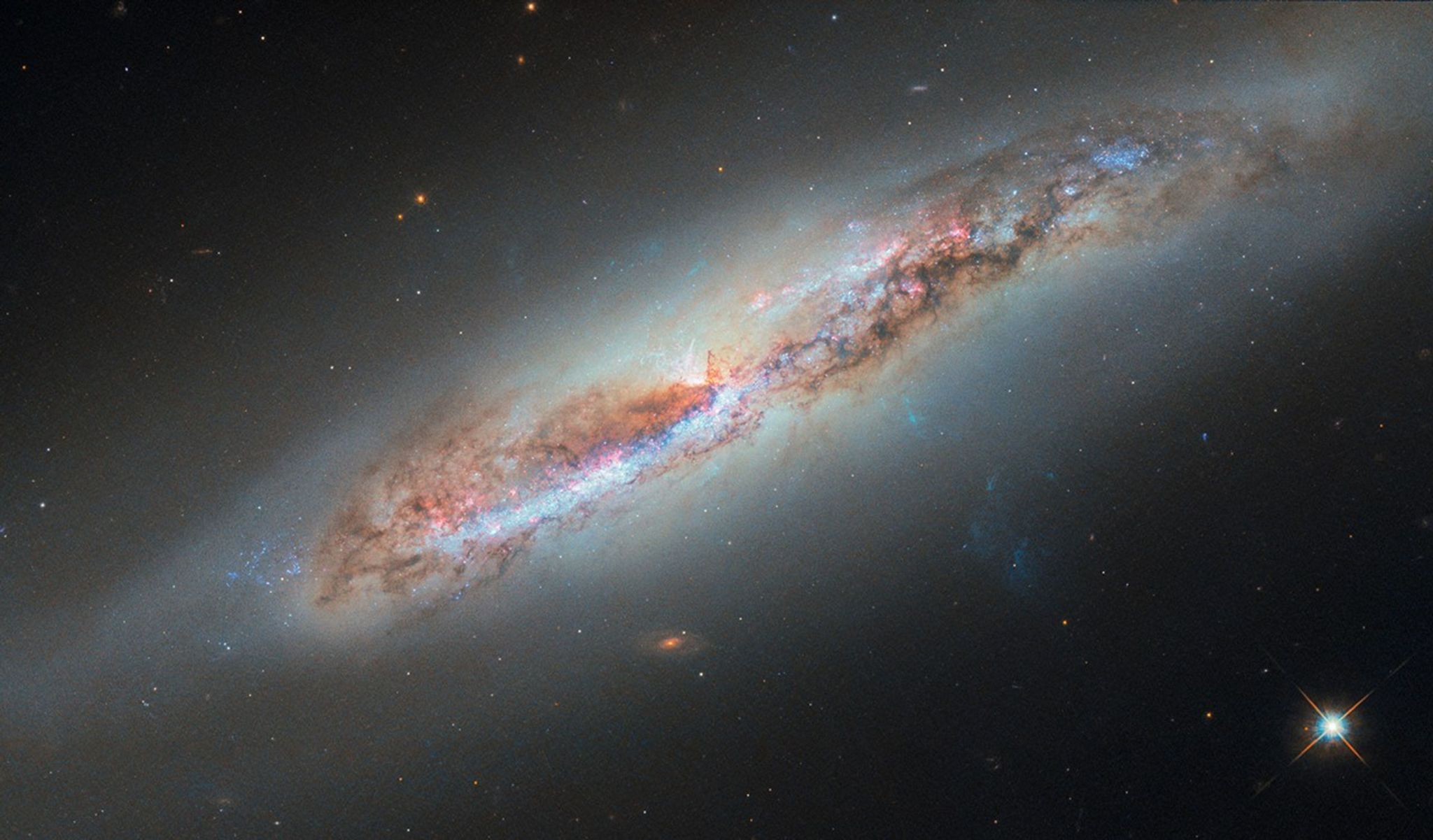from NASA Breaking News http://ift.tt/1uxhQLN
via IFTTT
NASA's Cassini spacecraft is monitoring the evolution of a mysterious feature in a large hydrocarbon sea on Saturn's moon Titan.
The European Space Agency's Rosetta mission will deploy its lander, Philae, to the surface of comet 67P/Churyumov-Gerasimenko on Nov. 12.
NASA's Cold Atom Laboratory mission has succeeded in producing a state of matter known as a Bose-Einstein condensate, a key breakthrough for the instrument.
The robotic arm of NASA's Curiosity rover is holding the rover's first sample of rock powder drilled from the base of Mount Sharp on Mars.
A new NASA study shows how much work is still needed to reach consensus on the most basic questions about carbon in the Arctic, where global warming is hitting hard.
Astronomers using data from three of NASA's space telescopes -- Hubble, Spitzer and Kepler -- have discovered clear skies and steamy water vapor on a gaseous exoplanet.
High-resolution topographic data from NASA's Shuttle Radar Topography Mission, previously only available for the United States, will be released globally over the next year.
As world leaders meet to discuss Earth's climate, NASA is participating in an international initiative to monitor the greenhouse gas emissions of Earth's most populous cities.
Prospects have been fading for an El Niño event in 2014, but now there's a glimmer of hope for a very modest comeback.
NASA's MAVEN spacecraft successfully entered Mars' orbit at 7:24 p.m. PDT (10:24 p.m. EDT) Sunday, Sept. 21, where it now will prepare to study the Red Planet's upper atmosphere.
A NASA mission to boost global monitoring of ocean winds for improved weather forecasting and climate studies is now breezing its way to the International Space Station.
The launch of NASA's International Space Station Rapid Scatterometer, or ISS-RapidScat, is scheduled for 11:14 p.m. PDT Sept. 19 (2:14 a.m. EDT Sept. 20).
Five rapid facts about NASA's RapidScat mission to monitor ocean winds, scheduled for launch to the International Space Station on Saturday, Sept. 20.
NASA's Mars Atmosphere and Volatile Evolution (MAVEN) spacecraft is nearing its scheduled Sept. 21 insertion into Martian orbit after a 10-month interplanetary journey.
The Dawn spacecraft has resumed normal ion thrusting after the thrusting unexpectedly stopped and the spacecraft entered safe mode on September 11.
As the region's summer comes to a close, NASA is hard at work studying how rising temperatures are affecting the Arctic.
When the most massive stars explode as supernovas, they don't fade into the night, but sometimes glow ferociously with high-energy gamma rays.
The European Space Agency's Rosetta mission has chosen the primary and backup cometary landing sites for its November landing attempt.
The fourth SpaceX cargo mission to the International Space Station, carrying the JPL-built ISS-RapidScat instrument, is scheduled to launch Sept. 20.
This NASA/ESA Hubble Space Telescope image features the galaxy NGC 4388, a member of the Virgo galaxy cluster. ESA/Hubble & NASA, ...
